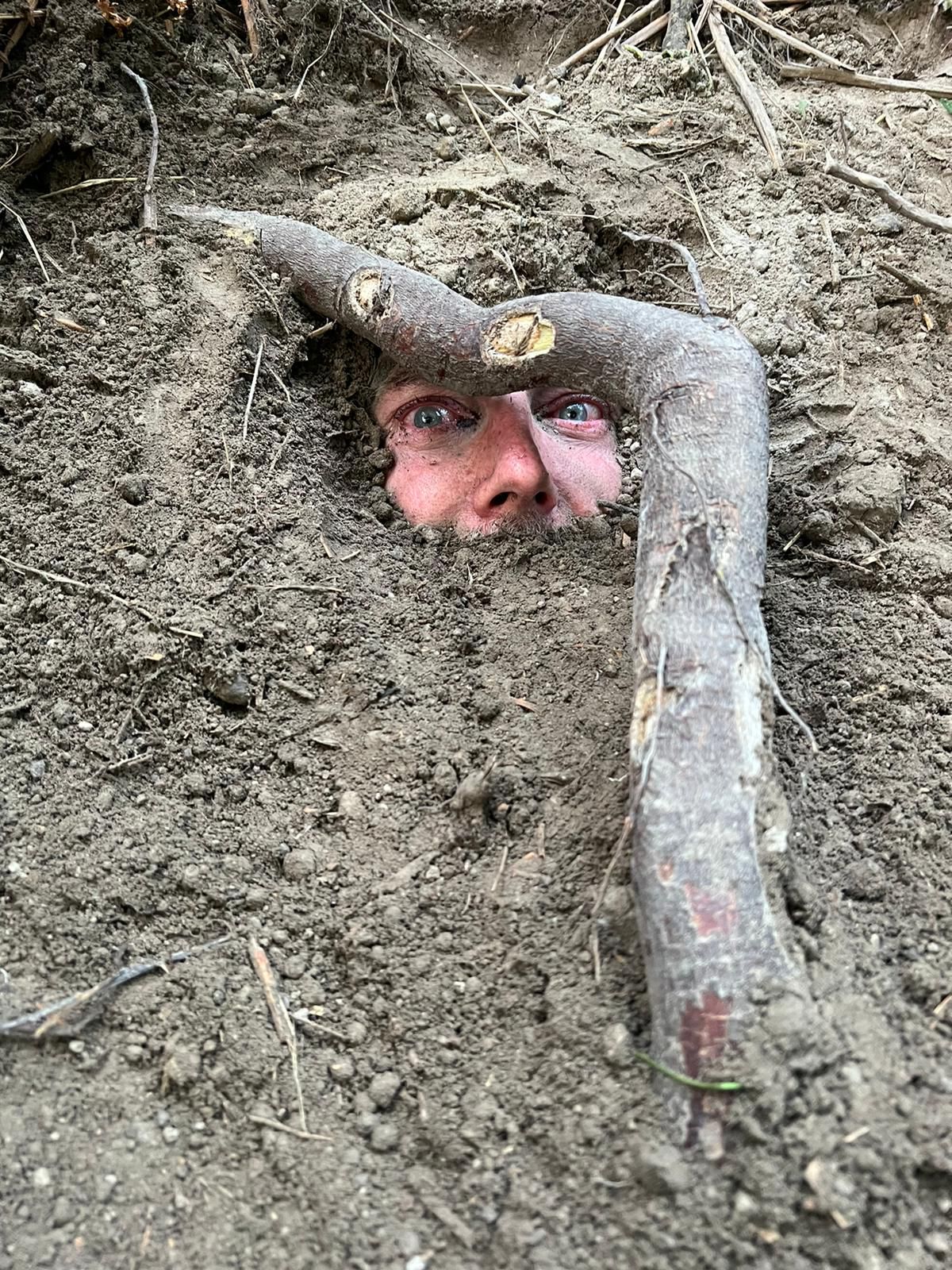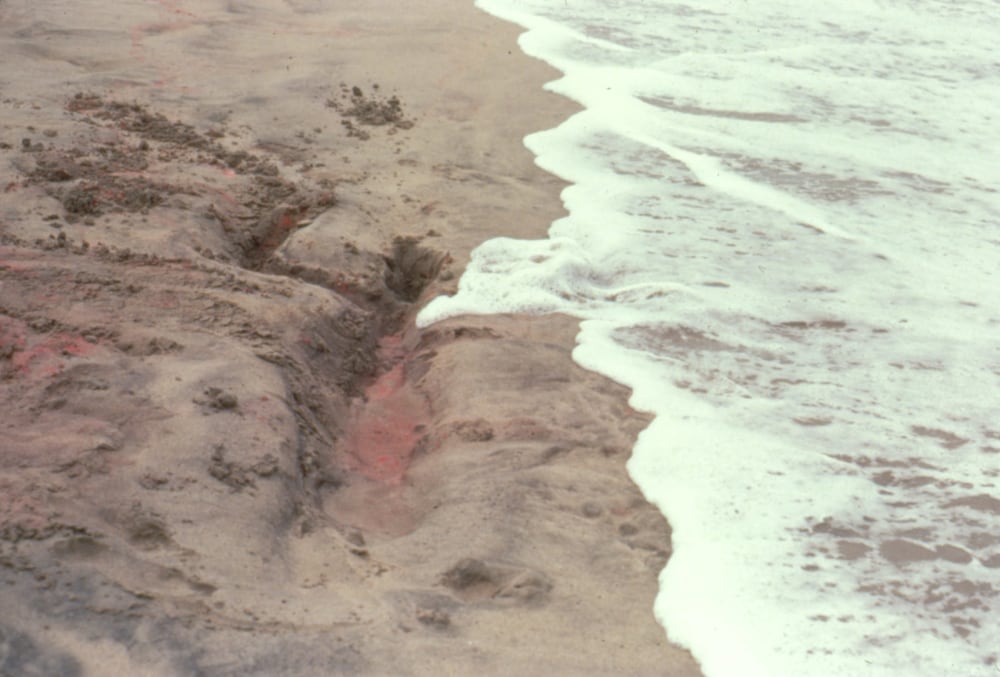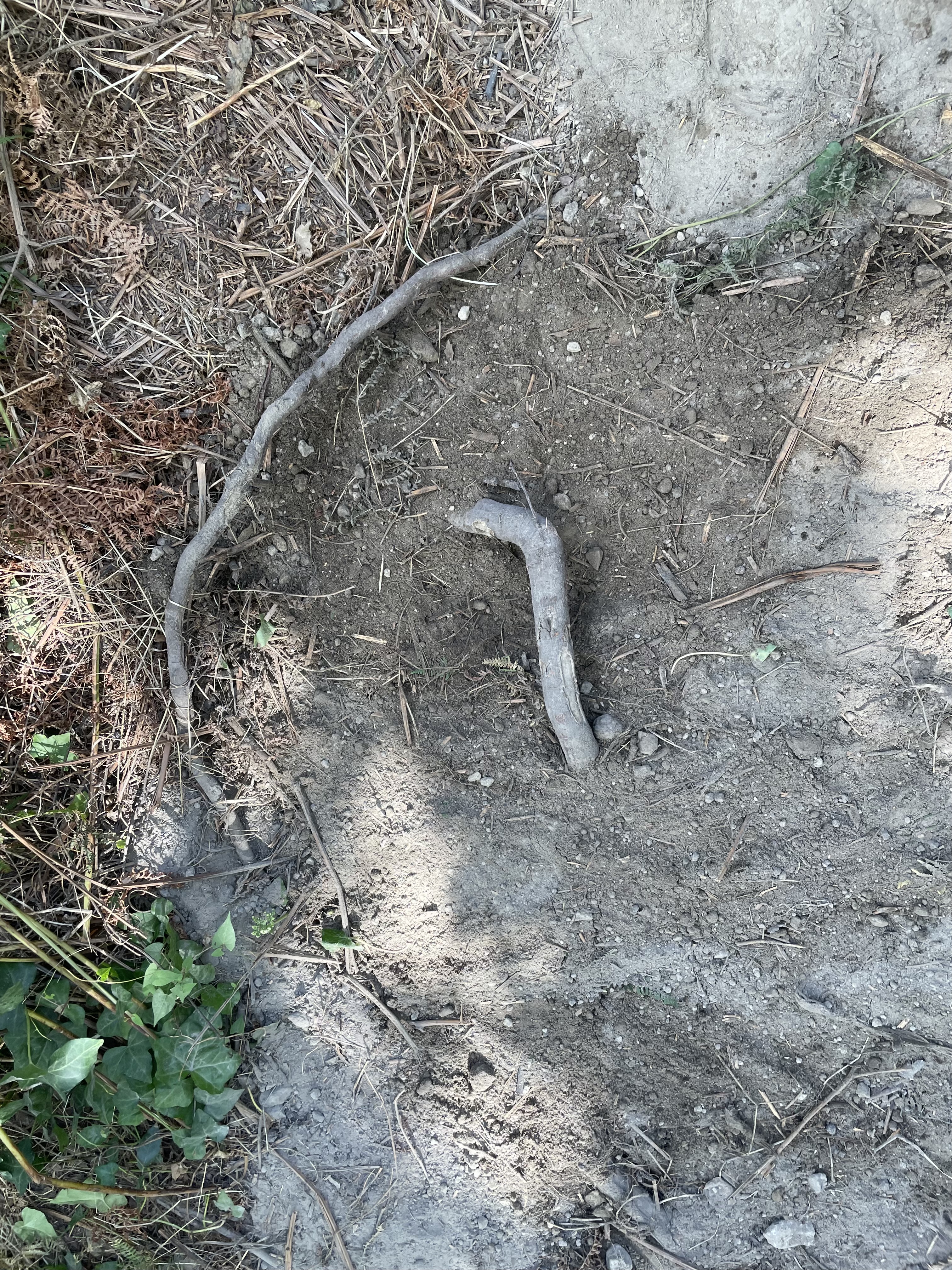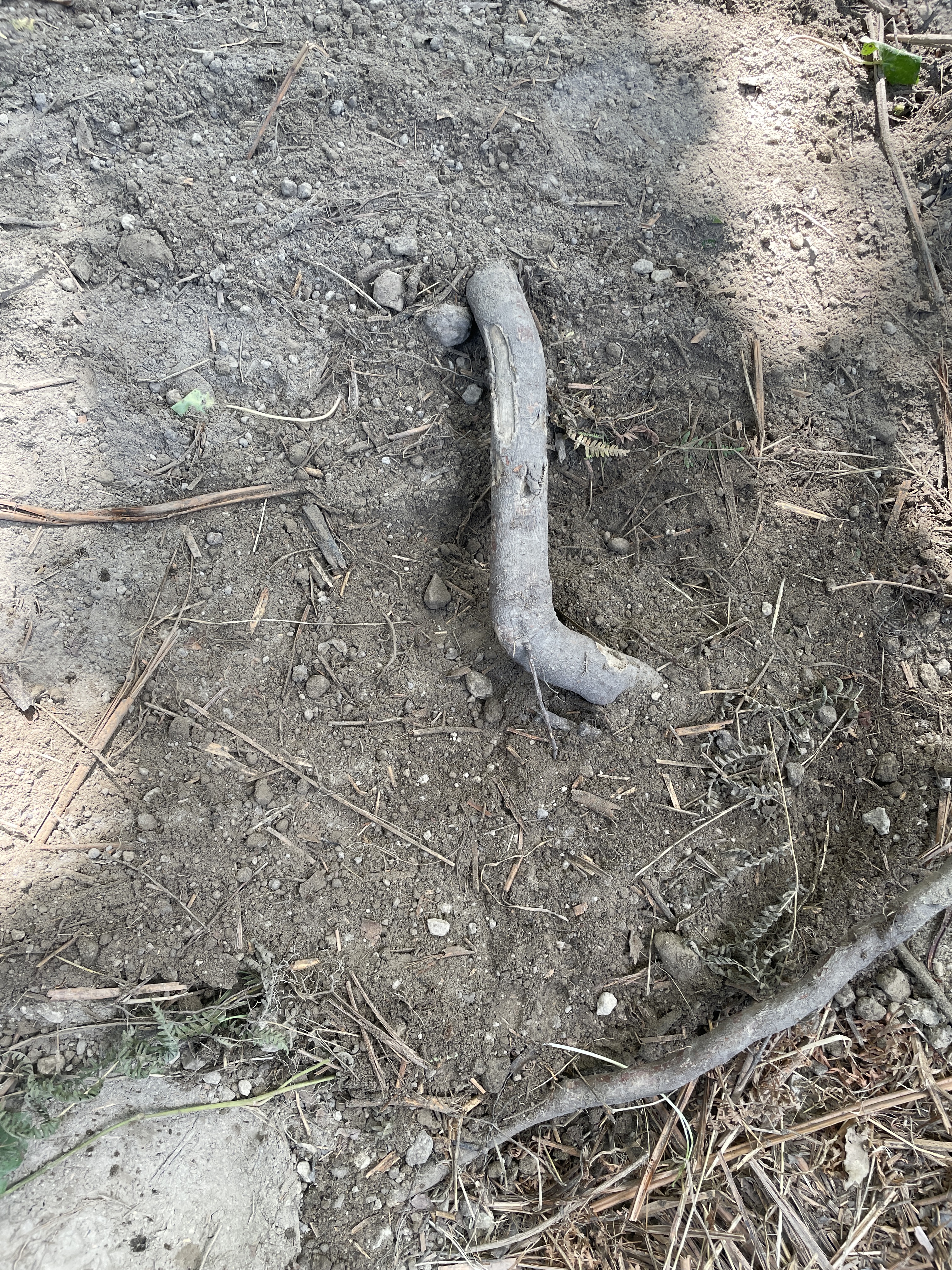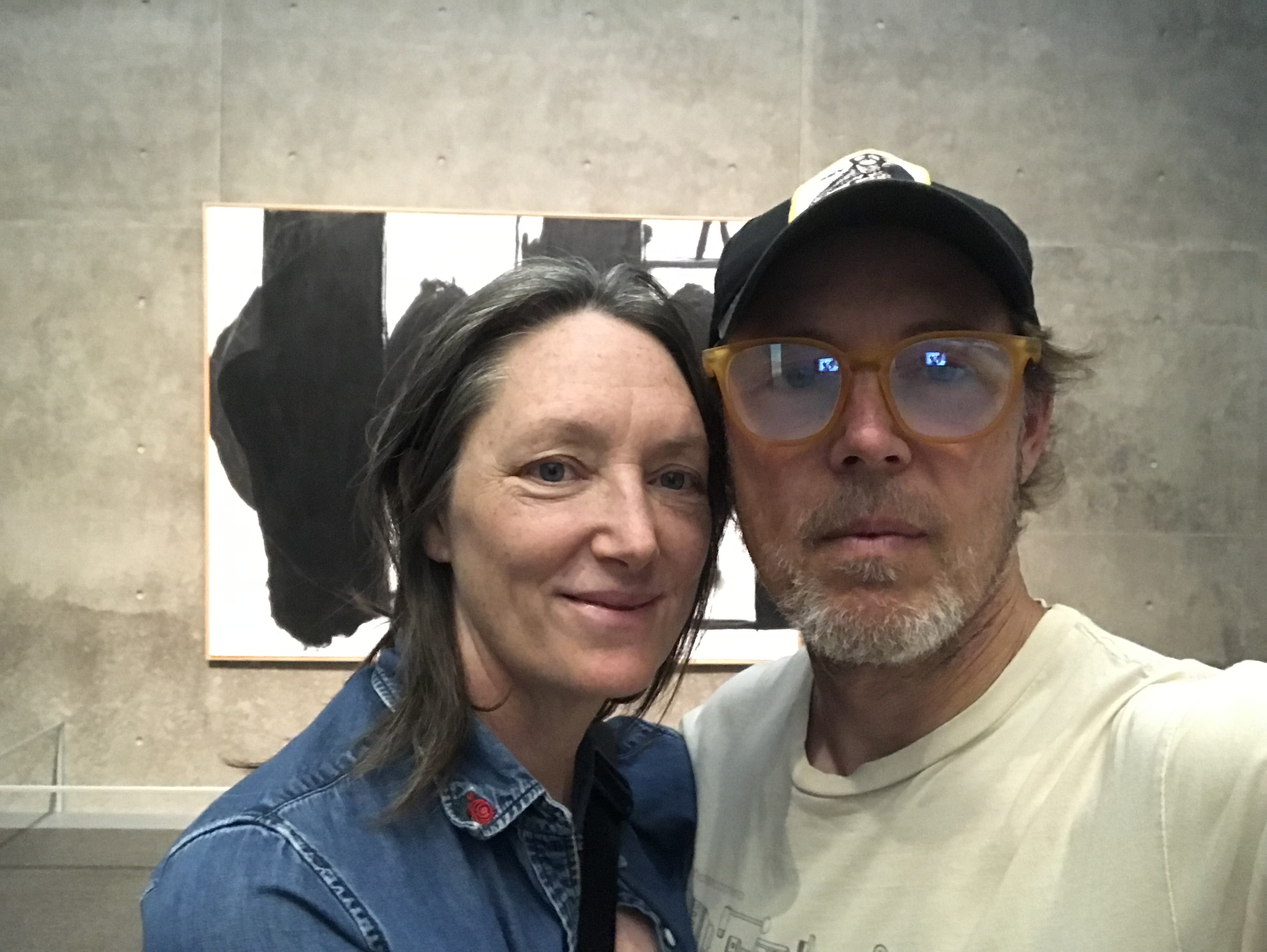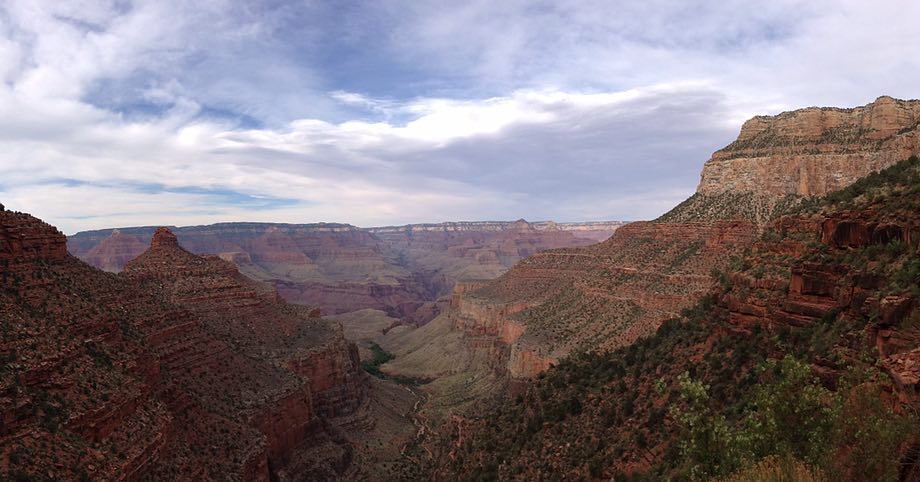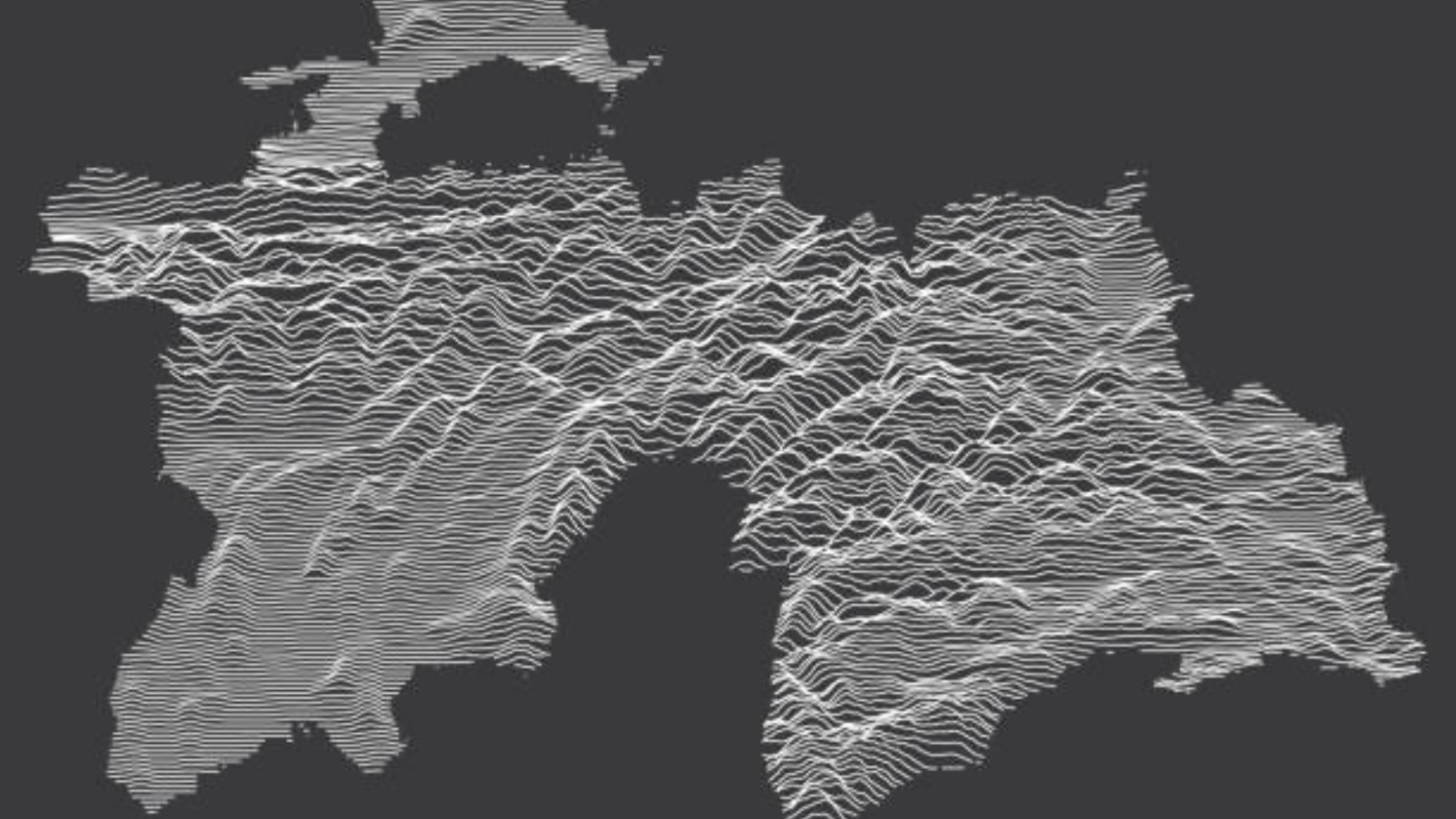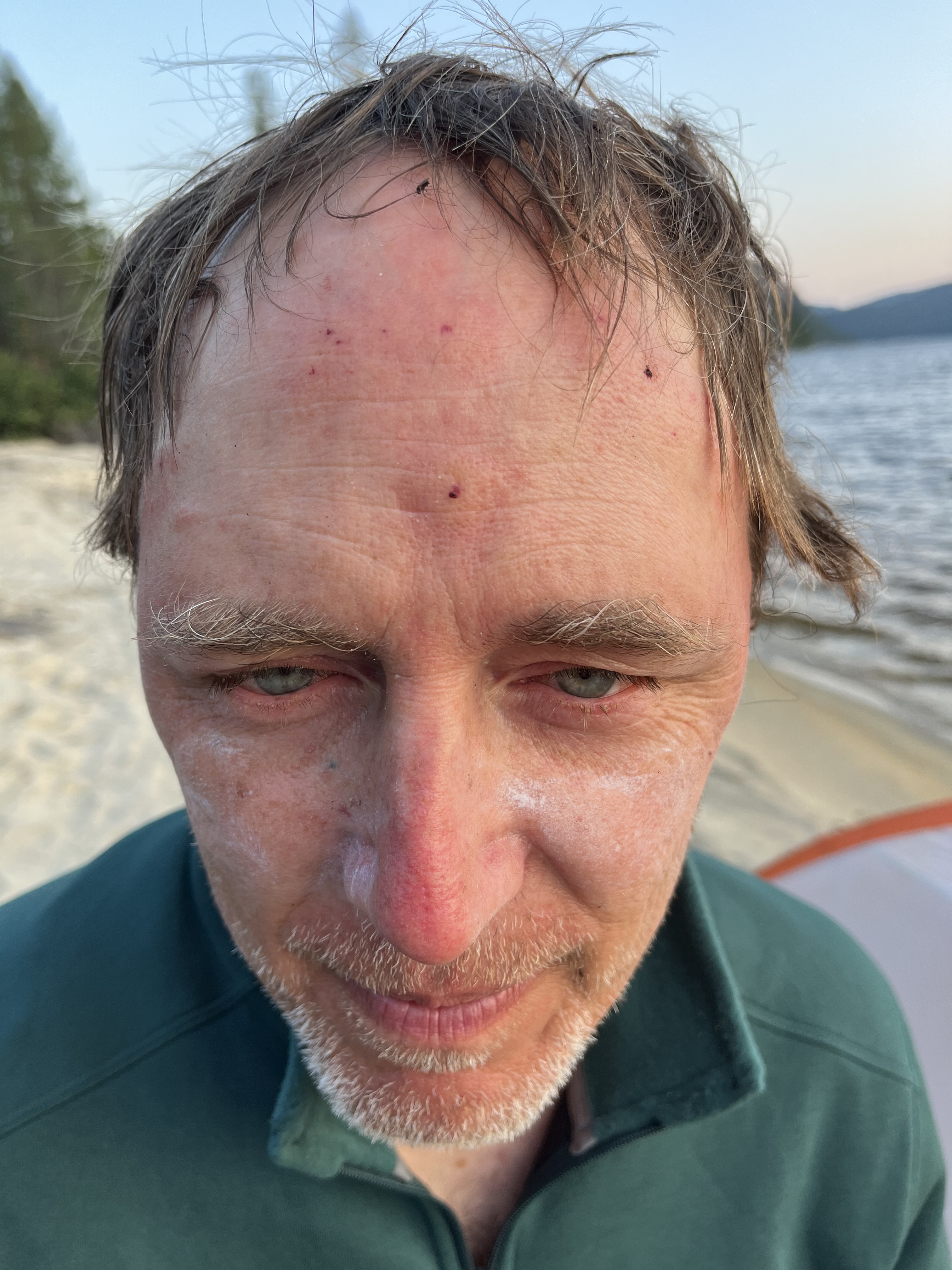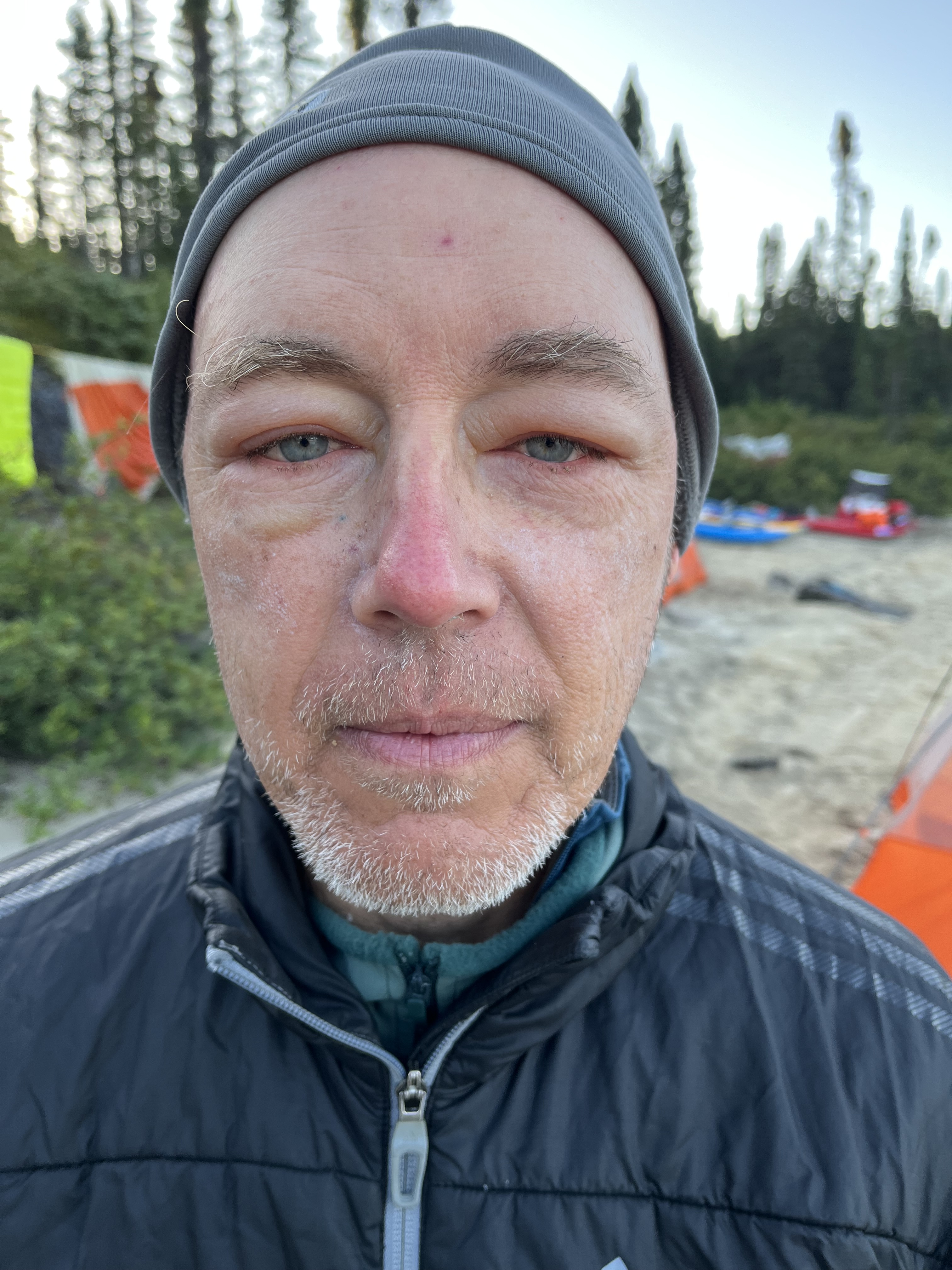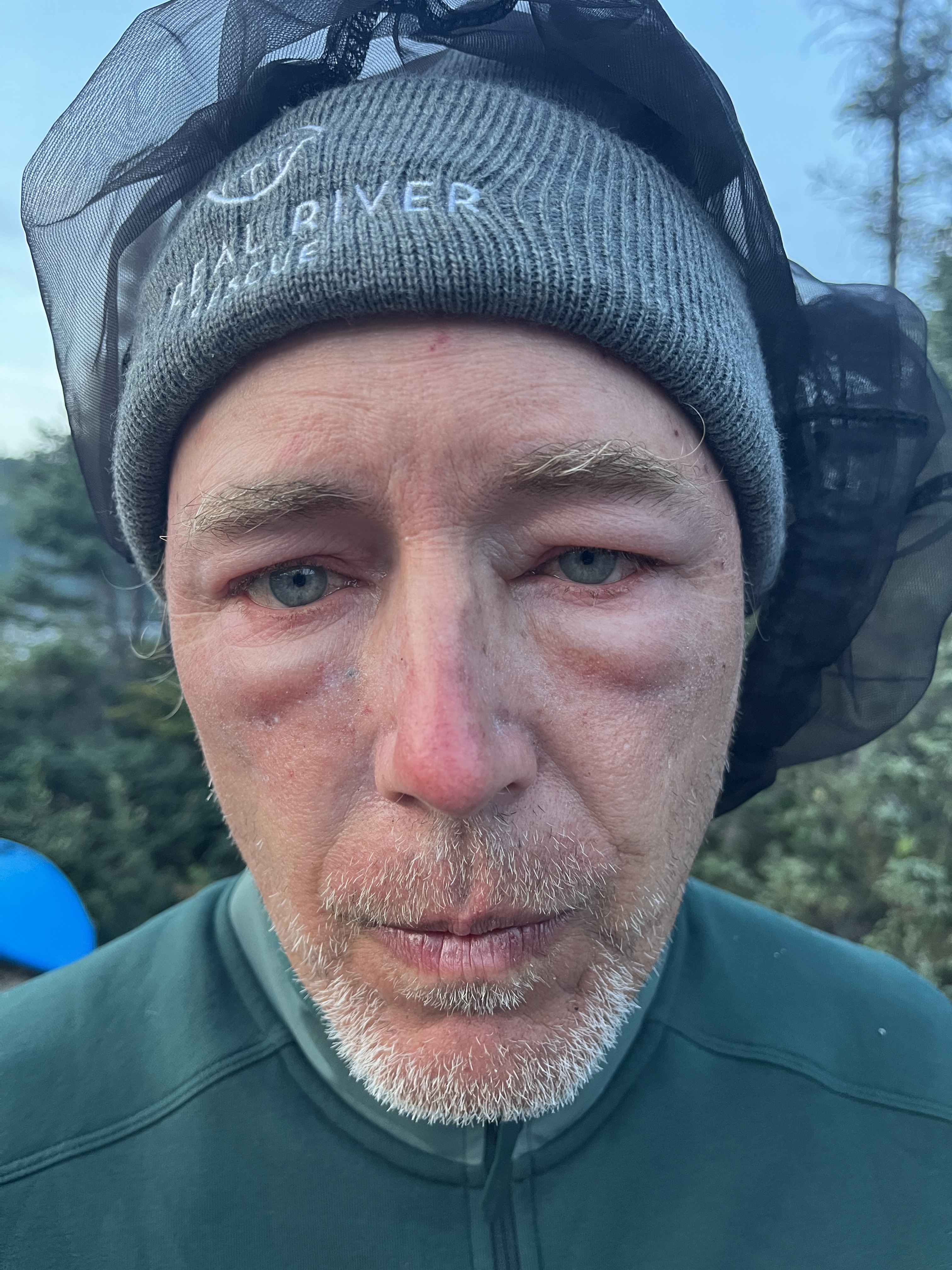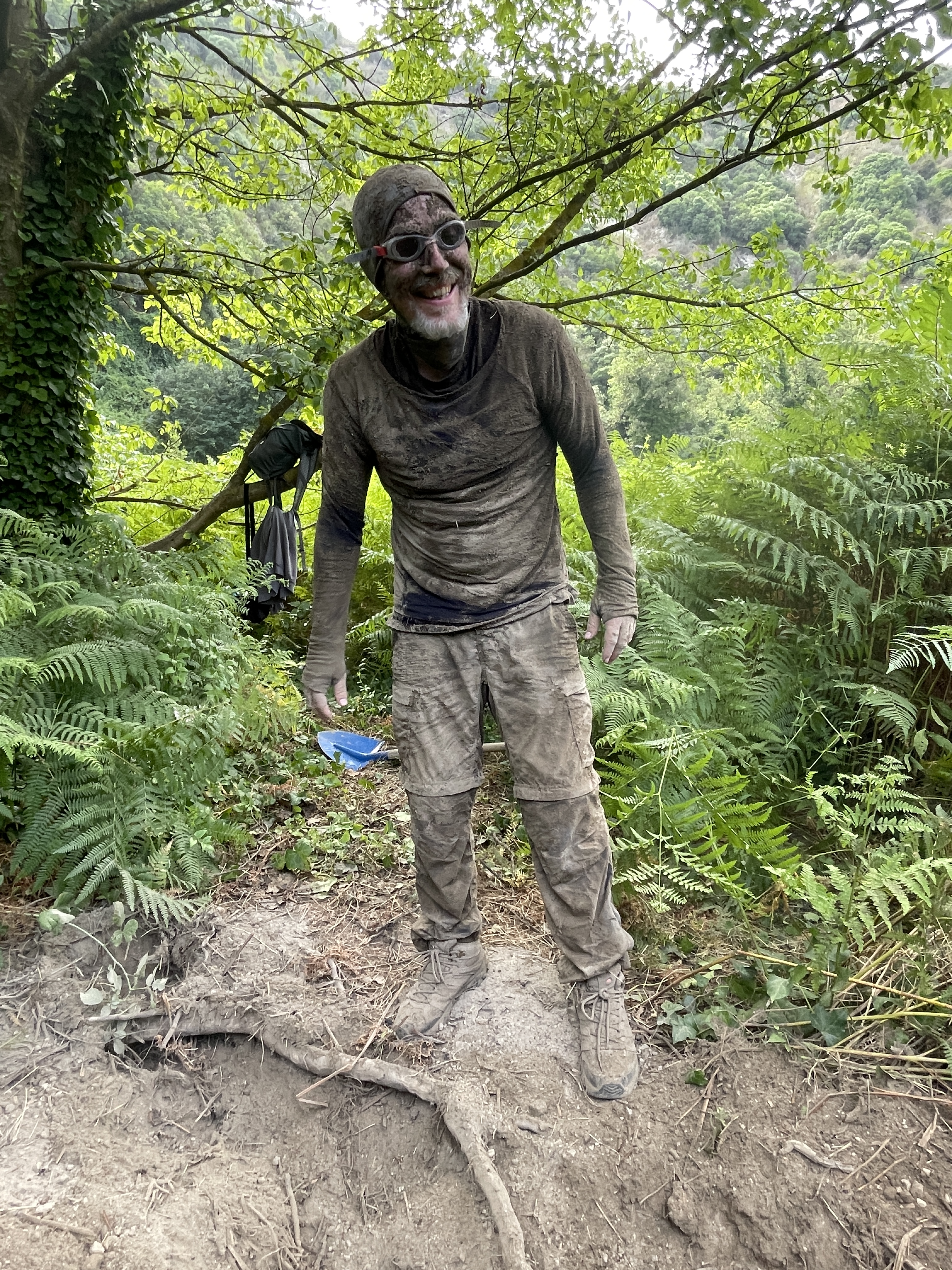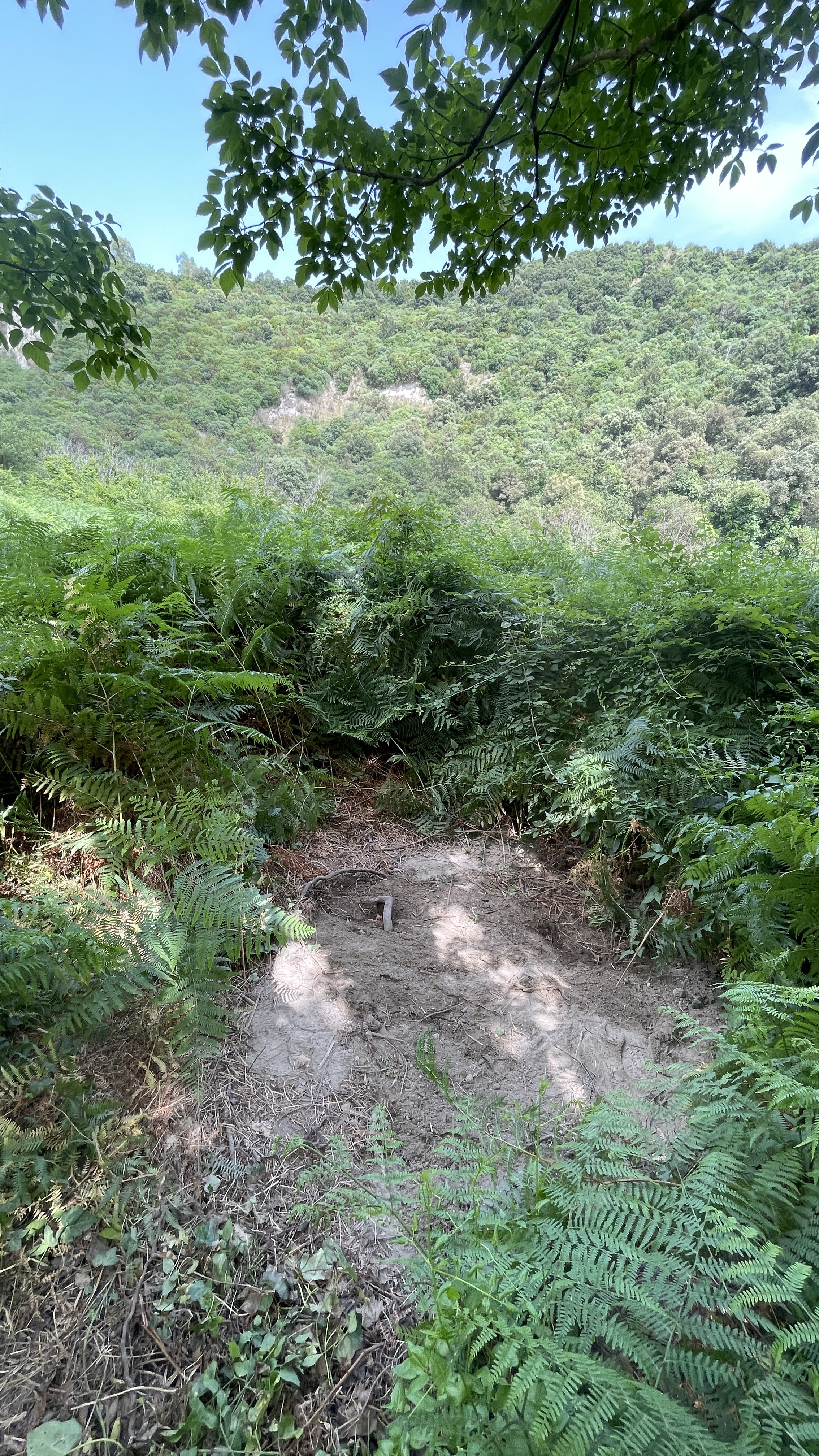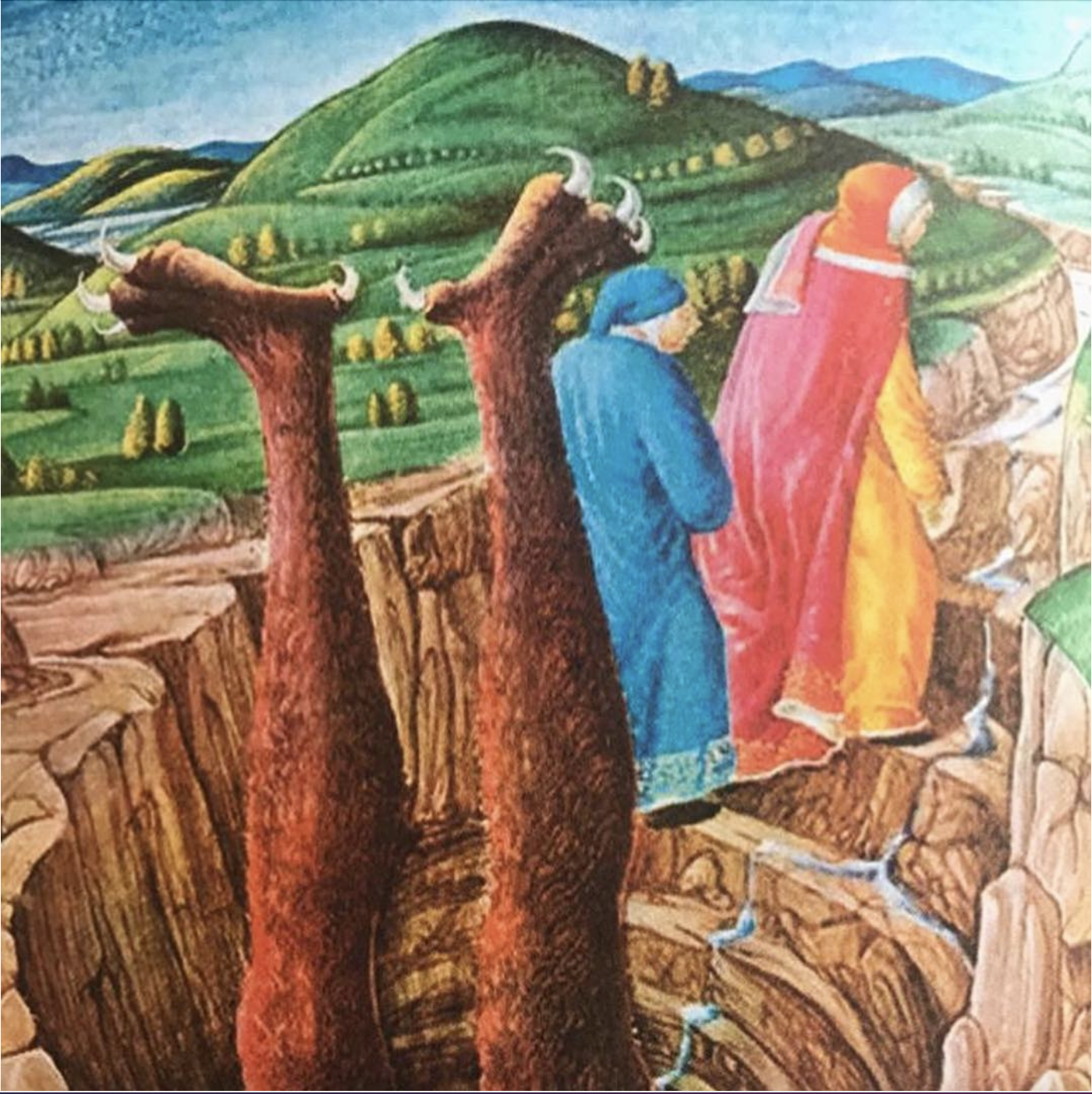
1.
This was the side on which he fell from Heaven;
for fear of him, the land that once loomed here
made of the sea a veil and rose into
our hemisphere; and that land which appears
upon this side—perhaps to flee from him—
left here this hollow space and hurried upward.
Inferno 34:121-126 (as translated by Allen Mandelbaum)
Hell is a shatter cone, a byproduct of the Satanic Impact Event. Cast down from heaven, Lucifer struck the southern hemisphere of the Earth. As he plunged toward the core, rock shattered ahead of him in a conic pattern (apex to base), was flash-magmatized, and discharged, under pressure, back through the passage he’d opened up behind him – an eruption that hollowed out the northern hemisphere to form a vast new volcano in what is now the South Pacific (at a point antipodal to Jerusalem): Mount Purgatory.
2.
Apparently concussed, and as far as it is possible to get from God in a cosmos that consists of nested spheres He is external to, Lucifer is embedded in ice at the bottom of the vacated chasm. His legs dangle into the southern hemisphere; his midsection corresponds to Earth’s gravitational center. This last point is made twice in Inferno – first in Canto 32:73-74, as Dante and Virgil draw nearer to hell’s bottommost point, “the center / to which all weight is drawn…”, and again in Canto 34:109-111, after they’ve downclimbed one of Lucifer’s shaggy haunches (on which Virgil busts a gnarly 180° inversion with Dante piggybacking) and begun their egress to the surface via a hydrogeological hollow in the southern hemisphere downcarved by the river Lethe flowing from atop Mount Purgatory to a catchment in the basement of hell, where its waters are frozen solid by the flapping of Lucifer’s huge chiropteran wings, his every effort to escape reinforcing his confinement: “And you were there as long as I descended; / but when I turned, that’s when you passed the point / to which, from every part, all weights are drawn.”
3.
As with every poetical repurposing of the Tartarus prison pit, it’s always the worst at bottom: a distribution of offenders that corresponds to gravitational differentiation during planetary formation. Weightier sins sink toward the center. Treason against god, in such schemata, being the basest metal.
4.
Lucifer’s sin is weighty indeed. Its mass, in fact, is apparently enough to offset the gravitational anomaly we’d expect from a void belowground the size of hell (Depth estimates of the Tartarus pit vary significantly. “As far beneath Hades [i.e., Dante’s ‘Limbo’] as Earth is beneath Heaven,” Homer informs us in Book VIII of the Iliad. In Book VI of the Aeneid, Virgil claims it is twice as deep as Olympus appears tall. Which would make it either 5834 meters or 4710 meters deep, depending on whether you calculate based on the true height of the mountain or its prominence. In Theogony, Hesiod gets even more deceptively specific: a bronze anvil, dropped from heaven, would fall for nine days before it hit the earth, then another nine before it struck the bottom of Tartarus. Which is damn tricky to model the gravitational and frictional conditions of, but would seem to require a longer planetary diameter than the one I’m blogging on has.).
5.
Mount Purgatory is a stratovolcano, not a shield, so when in Purgatorio 4:88-93 Virgil tells a whinging Dante, “This mountain’s of such sort / that climbing it is hardest at the start; / but as we rise, the slope grows less unkind. / Therefore, when this slope seems to you so gentle / that climbing farther up will be as restful / as traveling downstream by boat,” we know he’s talking metaphysics, not gradient.
That said, he’s also correct geophysically. The gravity field near the top of Purgatory should be slightly weaker than at the foot of it.
6 a.
Whether because of the inter|n|ment of Lucifer’s supermassive sin or an iron-nickel core, we should expect time dilation based on proximity to Earth’s gravitational center. A clock near the core should run more slowly than one at the surface. This has recently been demonstrated, with a divergence on the order of femtoseconds, over vertical differences as small as one millimeter (which, over thousands of kilometers of depth and billions of years, adds up – so that the planet’s core is now ~2.5 years younger than its [chronological, not geomorphological] surface). When you are climbing a mountain, time passes infinitesimally more quickly at the top than it did at the bottom. When you are standing upright, time passes more quickly for the blood in your brain than in your feet (perhaps there is an opportunity to exploit relativistic effects in computer chip architectures by temporally offsetting certain calculations based on vertical orientation). In a mantle convection cell, the heated, less-dense material rises up, cools, densifies, and sinks back down. As it does so, it passes through zones of the gravity field where time runs comparatively faster or slower – zones which might be correlated (however roughly) to temperature and pressure regimes at specific depths, and exist for reasons that aren’t totally unrelated.
6 b.
Where there is no movement, there is no change; no possibility of change.
The motive force of the cosmos is outside it. The instantaneous velocity of its center of rotation is zero.
At the farthest spatial point from the lightbulb of God, the Ninth Circle is permanently frozen and all-but-motionless, in stasis. Well, not static, exactly, but (for those trapped inside it – unlike Dante) in a time-independent state, as if it were a closed system in thermodynamic equilibrium.
But the system is open.
6 c.
The closer Dante (pilgrim) gets to Lucifer – i.e., to Earth’s center of gravity – the more slowly time passes for him.
How do we know this? There are a number of ways it might be argued textually. I will content myself with one, however quixotic.
In Inferno, Dante (poet) gives us two ‘clocks’ to compare: a phenomenological narrative of an embodied progress through hell and Virgil’s metaphysical awareness of star orientations aboveground throughout that journey.
There is a terrific paper Frederick Stebbins published in 1963 called “Dante in Orbit” in which he puzzles out the remotely-sensed astronomical evidence to determine that Dante and Virgil reach Lucifer at approximately 6:30 pm on the Saturday before Easter, 1300 CE. Dante passes out during their descent of the devil’s taint and is revived by Virgil at around 7:30 am (the next morning, presumably). They then somehow make their way to the surface, a climb of thousands of kilometers (as David Alexander pointed out in his 1986 paper “Dante and the Form of the Land”, ‘Dante’s conception of the world was based on both ancient and contemporary or recent sources. In his poem Convivio…he cited the ninth-century Arab astronomer Alfragano, who calculated the circumference of the earth as 32,870 km, about 7,160 km short of the actual value.’), before dawn. But of what day? Based on the narrative, one would presume it is, at the earliest, Monday morning, and that the two of them spent Easter making Tommy Caldwell and Alex Honnold look like slackers. But there is little doubt that Dante (poet) meant for the two characters to reemerge and “riveder le stelle” on Easter Day.
Stebbins solves the riddle by concluding that Dante, having anticipated the notion of an International Date Line, reset the astronomical clock, back to 7:30 am of Holy Saturday, once they’d flipped into the southern hemisphere, giving them a whole extra day and night to make it to the littoral skirts of Mount Purgatory by Easter sunrise.
It’s a solution. Another, somewhat less-plausible (although possibly complimentary) one:
The Morningstar – as though collapsing into a sort of black hole – causes time to pass more slowly for Dante and Virgil at the center of the Earth than it does in the heavens due to (general relativistic) time dilation. An increasingly long delay is introduced between their progress in hell and the motions of the stars. By the time they reach the gravity field at the surface, however, they’ve resynchronized with astronomical time.
